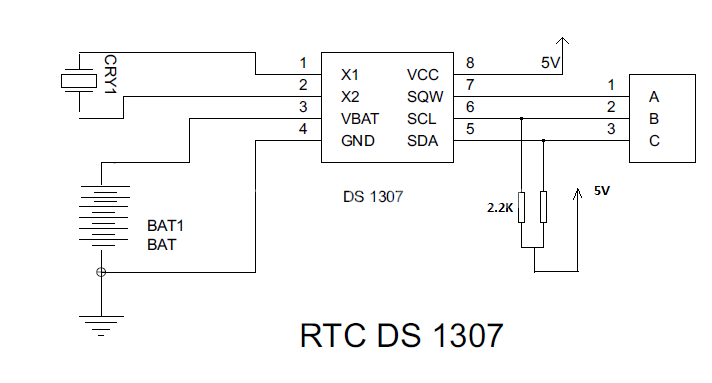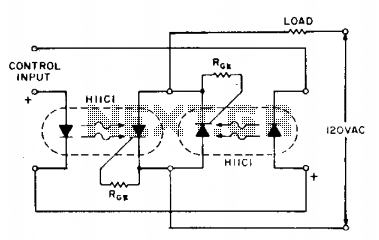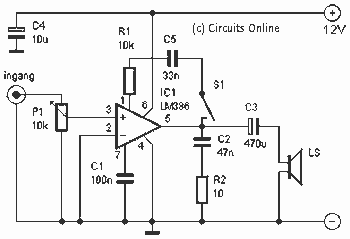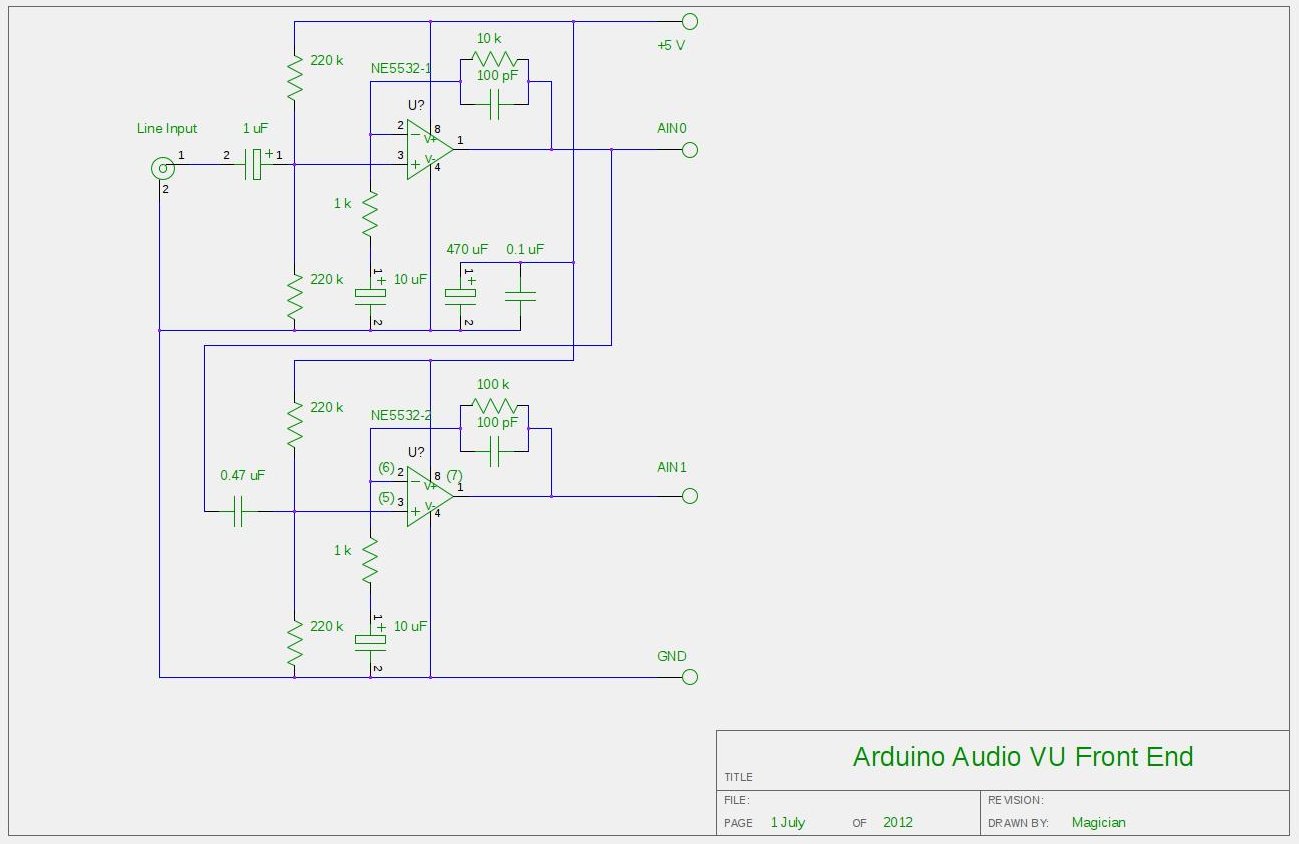
interfacing lcd with 8051 using keil c at89c51
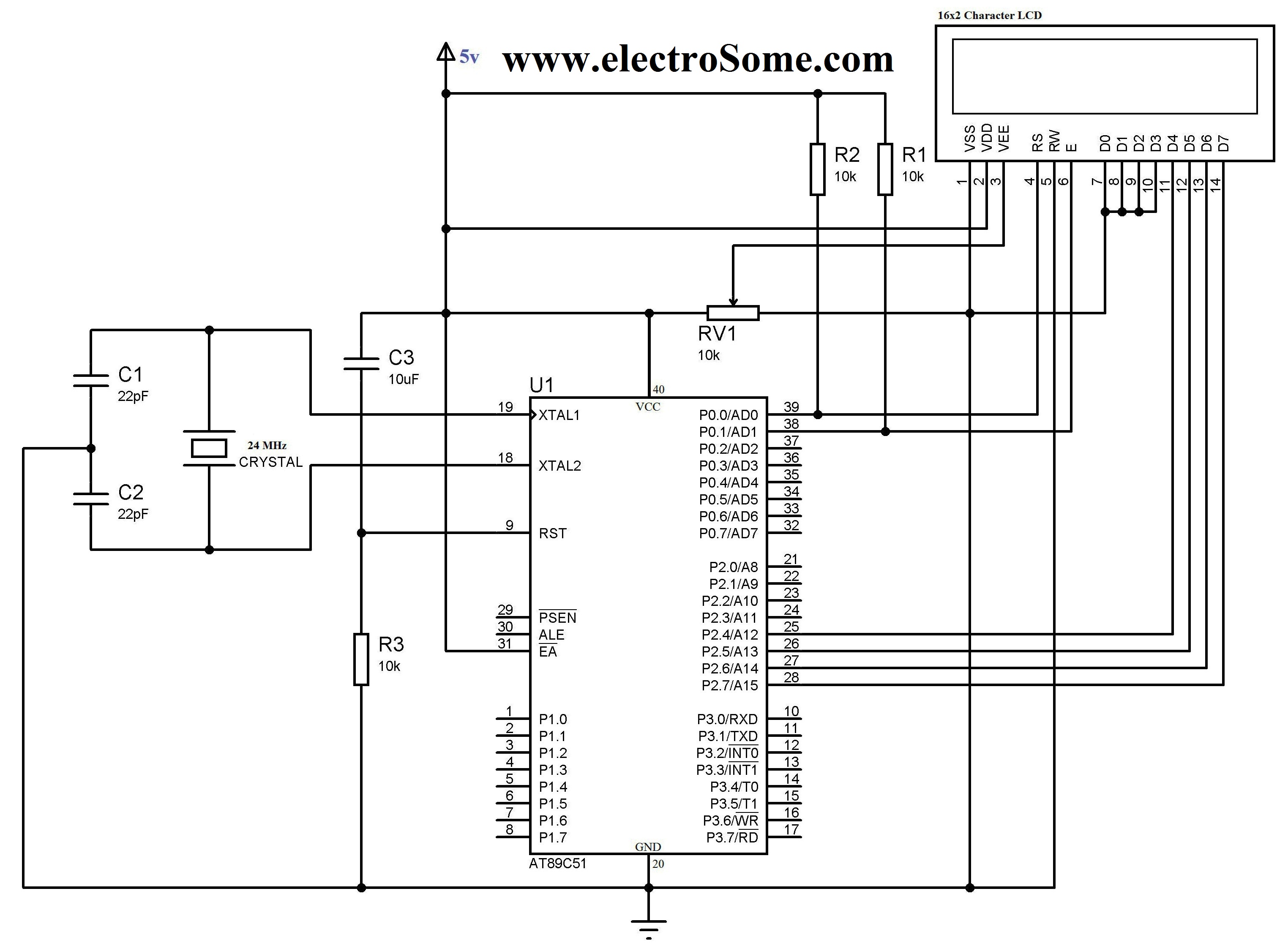
The 16x2 character LCD display is a basic module commonly utilized in electronic devices and projects. It can display 2 lines of 16 characters each. Each character is formed using a 5x7 or 5x10 pixel matrix. Interfacing the 16x2 LCD with an 8051 microcontroller using Keil C can be somewhat complex due to the lack of robust libraries in Keil C. To address this issue, a specialized LCD library has been developed, which includes commonly used features; users simply need to include the header file to utilize it. The LCD can be interfaced with a microcontroller in either 4-bit or 8-bit mode, which differs in the manner data is sent to the LCD. In 8-bit mode, to write a character, 8-bit ASCII data is transmitted through the data lines D0 to D7, and a data strobe is provided via the E pin of the LCD. LCD commands, which are also 8 bits, are written to the LCD in a similar fashion. In contrast, 4-bit mode utilizes only 4 data lines (D4 to D7). In this mode, the 8-bit character ASCII data and command data are divided into two parts and sent sequentially through the data lines. The concept of 4-bit communication is employed to conserve microcontroller pins. Although 4-bit communication is slightly slower than 8-bit communication, this speed difference is negligible since LCDs are inherently slow-speed devices. Therefore, 4-bit mode data transfer is the most commonly used method. The LCD module connections are defined as follows: sbit RS = P0.0; sbit EN = P0.1; sbit D0 = P2.0; sbit D1 = P2.1; sbit D2 = P2.2; sbit D3 = P2.3; sbit D4 = P2.4; sbit D5 = P2.5; sbit D6 = P2.6; sbit D7 = P2.7. The functions Lcd8_Set_Cursor() and Lcd4_Set_Cursor() are utilized to set the cursor position on the LCD screen, allowing for the adjustment of character and string positions displayed by the subsequent functions.
The 16x2 LCD display, a widely used component in embedded systems, is characterized by its ability to present alphanumeric characters in a compact format. The display utilizes a matrix of pixels to render each character, which can be configured in either 4-bit or 8-bit modes, depending on the application requirements.
In 8-bit mode, the full 8-bit data is transmitted simultaneously, allowing for faster data throughput, which can be advantageous in applications where rapid updates are necessary. Each character is sent via the data lines D0 to D7, while the enable (E) pin signals the LCD to latch the data. This mode is straightforward but requires more I/O pins from the microcontroller.
Conversely, the 4-bit mode reduces the number of required data lines to four (D4 to D7). This mode operates by sending the high and low nibbles of the data sequentially, effectively halving the number of pins needed for communication. Although this method introduces a slight delay, it is often sufficient for applications where the display update rate is not critical.
The provided connections utilize specific pins on the microcontroller, with RS (Register Select) determining whether the data being sent is a command or character, and EN (Enable) controlling the timing of the data read. The defined sbit connections facilitate easy integration with the 8051 microcontroller, allowing for straightforward programming and control of the LCD.
The functions Lcd8_Set_Cursor() and Lcd4_Set_Cursor() are essential for cursor management, enabling precise control over where characters are displayed on the screen. By specifying the desired row and column, these functions enhance the user interface capabilities of the display, allowing for dynamic content updates and improved user interaction.
Overall, the 16x2 LCD display remains a fundamental component in electronic projects, providing a reliable means of outputting information in a clear and organized manner. Its versatility in communication modes and ease of integration with microcontrollers make it an invaluable asset in the design of various electronic applications.16G—2 character lcd display is very basic module which is commonly used in electronics devices and projects. It can display 2 lines of 16 characters. Each character is displayed using 5G—7 or 5G—10 pixel matrix. Interfacing 16G—2 LCD with 8051 using Keil C is bit complex because there is no powerful libraries in Keil C.
To solve this problem we have developed a LCD library which includes commonly used features, you just need to include our header file and use it. You can download the header file at the bottom of this article. LCD can be interfaced with microcontroller in 4 Bit or 8 Bit mode. These differs in how data is send to LCD. In 8 bit mode to write a character, 8 bit ASCII data is send through the data lines D0 D7 and data strobe is given through E of the LCD.
LCD commands which are also 8 bit are written to LCD in similar way. But 4 Bit Mode uses only 4 data lines D4 D7. In this mode 8 bit character ASCII data and command data are dividedintotwo parts and send sequentially through data lines. The idea of 4 bit communication is used save pins of microcontroller. 4 bit communication is a bit slower than 8 bit communication but this speed difference can be neglected since LCDs are slow speed devices.
Thus 4 bit mode data transfer is most commonly used. //LCD Module Connections sbit RS = PO0; sbit EN = P0; sbit D0 = P2; sbit D1 = P2; sbit D2 = P22; sbit D3 = P2; sbit D4 = P2; sbit D5 = P2; sbit D6 = P2; sbit D7 = P2; //End LCD Module Connections Lcd8_Set_Cursor() & Lcd4_Set_Cursor() : These functions are used to set the cursor position on the lcd screen. By using this function we can change the position of character and string displayed by the following functions.
🔗 External reference
The 16x2 LCD display, a widely used component in embedded systems, is characterized by its ability to present alphanumeric characters in a compact format. The display utilizes a matrix of pixels to render each character, which can be configured in either 4-bit or 8-bit modes, depending on the application requirements.
In 8-bit mode, the full 8-bit data is transmitted simultaneously, allowing for faster data throughput, which can be advantageous in applications where rapid updates are necessary. Each character is sent via the data lines D0 to D7, while the enable (E) pin signals the LCD to latch the data. This mode is straightforward but requires more I/O pins from the microcontroller.
Conversely, the 4-bit mode reduces the number of required data lines to four (D4 to D7). This mode operates by sending the high and low nibbles of the data sequentially, effectively halving the number of pins needed for communication. Although this method introduces a slight delay, it is often sufficient for applications where the display update rate is not critical.
The provided connections utilize specific pins on the microcontroller, with RS (Register Select) determining whether the data being sent is a command or character, and EN (Enable) controlling the timing of the data read. The defined sbit connections facilitate easy integration with the 8051 microcontroller, allowing for straightforward programming and control of the LCD.
The functions Lcd8_Set_Cursor() and Lcd4_Set_Cursor() are essential for cursor management, enabling precise control over where characters are displayed on the screen. By specifying the desired row and column, these functions enhance the user interface capabilities of the display, allowing for dynamic content updates and improved user interaction.
Overall, the 16x2 LCD display remains a fundamental component in electronic projects, providing a reliable means of outputting information in a clear and organized manner. Its versatility in communication modes and ease of integration with microcontrollers make it an invaluable asset in the design of various electronic applications.16G—2 character lcd display is very basic module which is commonly used in electronics devices and projects. It can display 2 lines of 16 characters. Each character is displayed using 5G—7 or 5G—10 pixel matrix. Interfacing 16G—2 LCD with 8051 using Keil C is bit complex because there is no powerful libraries in Keil C.
To solve this problem we have developed a LCD library which includes commonly used features, you just need to include our header file and use it. You can download the header file at the bottom of this article. LCD can be interfaced with microcontroller in 4 Bit or 8 Bit mode. These differs in how data is send to LCD. In 8 bit mode to write a character, 8 bit ASCII data is send through the data lines D0 D7 and data strobe is given through E of the LCD.
LCD commands which are also 8 bit are written to LCD in similar way. But 4 Bit Mode uses only 4 data lines D4 D7. In this mode 8 bit character ASCII data and command data are dividedintotwo parts and send sequentially through data lines. The idea of 4 bit communication is used save pins of microcontroller. 4 bit communication is a bit slower than 8 bit communication but this speed difference can be neglected since LCDs are slow speed devices.
Thus 4 bit mode data transfer is most commonly used. //LCD Module Connections sbit RS = PO0; sbit EN = P0; sbit D0 = P2; sbit D1 = P2; sbit D2 = P22; sbit D3 = P2; sbit D4 = P2; sbit D5 = P2; sbit D6 = P2; sbit D7 = P2; //End LCD Module Connections Lcd8_Set_Cursor() & Lcd4_Set_Cursor() : These functions are used to set the cursor position on the lcd screen. By using this function we can change the position of character and string displayed by the following functions.
🔗 External reference
